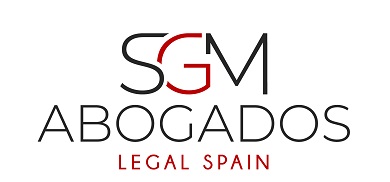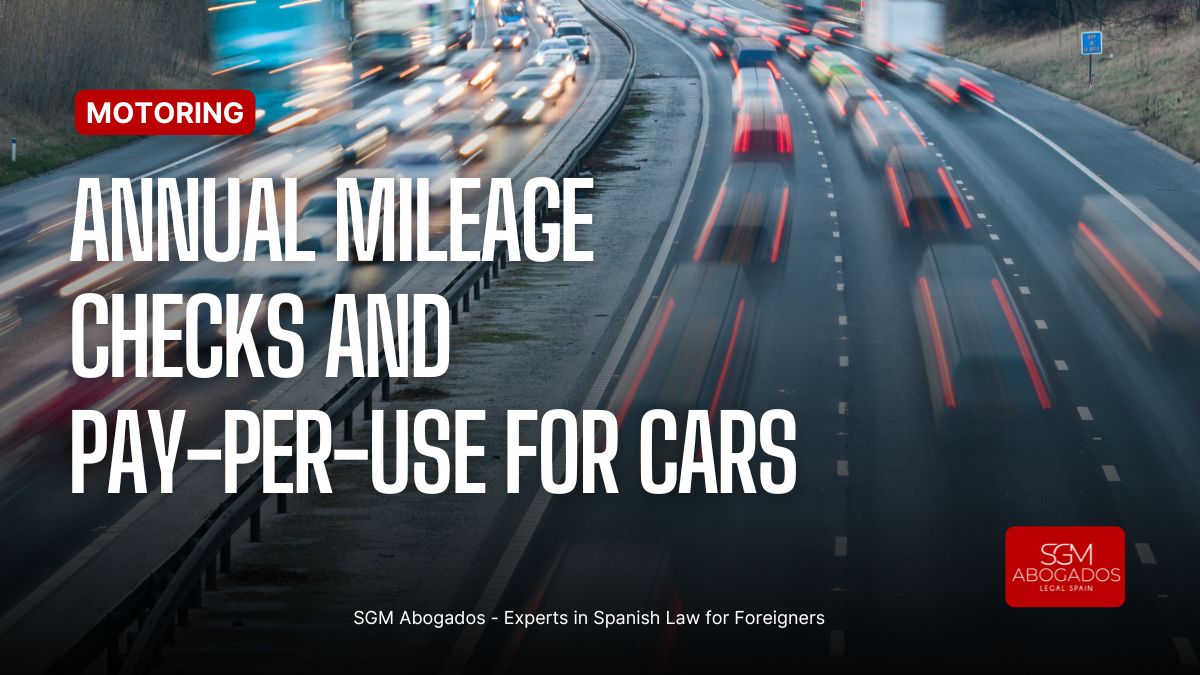How to Invoice Clients Abroad
How self-employed workers in Spain should invoice clients abroad
Invoicing clients abroad as a self-employed worker in Spain can include a bit of extra paperwork, and the process changes depending on where exactly they’re based. Here’s all you need to know.
Every financial quarter in Spain, self-employed workers (autónomos in Spanish) must complete a tax return containing all of their invoices (facturas) for the previous three months.
This is so you (or your gestor) can calculate how much income tax (IRPF) you’ll need to pay.

If your client is not based in a EU country, your product or service would be considered an export. In this case, it should be remembered that exports are exempt from VAT, regardless of whether the recipient is a private individual or a company.
Invoicing clients within Spain is fairly simple, but what if one of your clients is based abroad?
How do you invoice them and what does it mean for your tax return? Does it make a difference if your client isn’t based in the EU?
Self-employed invoices

Normally, invoices issued by self-employed people are fairly standard. They include the details of the self-employed person (that is the one providing the service or products), the client, the date, service and/or product, price, invoice number, and so on. Often, you will need to include the taxable base: the amount (without taxes) you are charging plus the tax.
For sales in Spain, VAT (IVA) is usually mandatory, and IRPF will be added only if the self-employed person or company pays the IAE tax, though note this is only for high-earners making €1,000,000 or more per year. It is not taxed on individual self-employed people, so for the vast majority of autónomos in Spain the personal income tax is not included on the invoice.
ROI
Firstly, self-employed people in Spain with foreign customers must register in the Registro de Operadores Intracomunitarios (ROI) to be able to issue an invoice.
If you know anything of Spanish bureaucracy and the tax system, you’ll be unsurprised to learn that this means more paperwork.
In order to register for the ROI, you must first fill in boxes 582 and 584 of the 036 form from the Agencia Tributaria, the Spanish tax agency.
IRPF income tax

Once that is approved, you will be assigned a VAT number which will allow you to make what the Spanish call ‘intra-community invoice,’ meaning you invoice abroad.
Invoices for the provision of services or the sale of products considered to be intra-community transactions must be declared using form 303, the IRPF tax return, as well as form 349, which declares all intra-community transactions carried out by the company or self-employed person, whether monthly or quarterly, and form 390, which includes annual IRPF transactions.
Non-EU clients
So what happens if your client isn’t based in the EU? For many Anglophone self-employed people in Spain, their clients can often be in the U.K or U.S, or perhaps in Asia.
This changes things slightly, because the rules on IVA are different, and you’ll have to slightly alter your invoices.
If your customer is outside the EU, international invoices do not include income tax or VAT. You don’t even need to be registered in the ROI when you issue invoices to non-EU clients. In this case, your invoice will only include details of the service or products and its price.
This is because if your client is not based in a EU country, your product or service would be considered an export. In this case, it should be remembered that exports are exempt from VAT, regardless of whether the recipient is a private individual or a company.
The customer or client will only have to pay the indicated base, since the commercial invoice itself is where the tax exemption is applied. You, the supplier in this case, will have to file form 303, so that it is the customer receiving the invoice who subsequently pays the tax at the place of origin.
However, if the customer is a private individual and products or services are sold, the invoices should be issued with VAT and will be taxed under the general system. If it is a supply of services, the VAT will be treated as if it were a domestic transaction.
Modifying your invoice

When writing up your invoices, many gestores recommend adding the following (depending on whether the client if EU-based or not) line to be totally transparent with your invoices and tax situation.
If you are invoicing a client within the EU, and therefore within the ROI, you should include the line: ‘Inversión del sujeto pasivo (art. 6.1.m del Real Decreto 1619/2012)’ which essentially means a reverse charge.
If your client is non-EU based, include the line: ‘Operación no sujeta a IVA por reglas de localización’, which means that the transaction is not subject to VAT due to location rules.
Many thanks to THE LOCAL es











